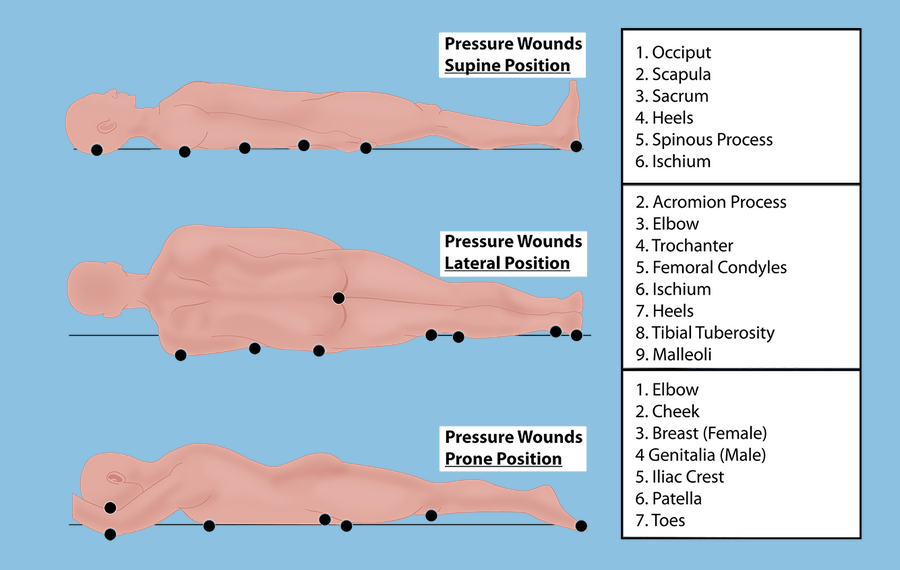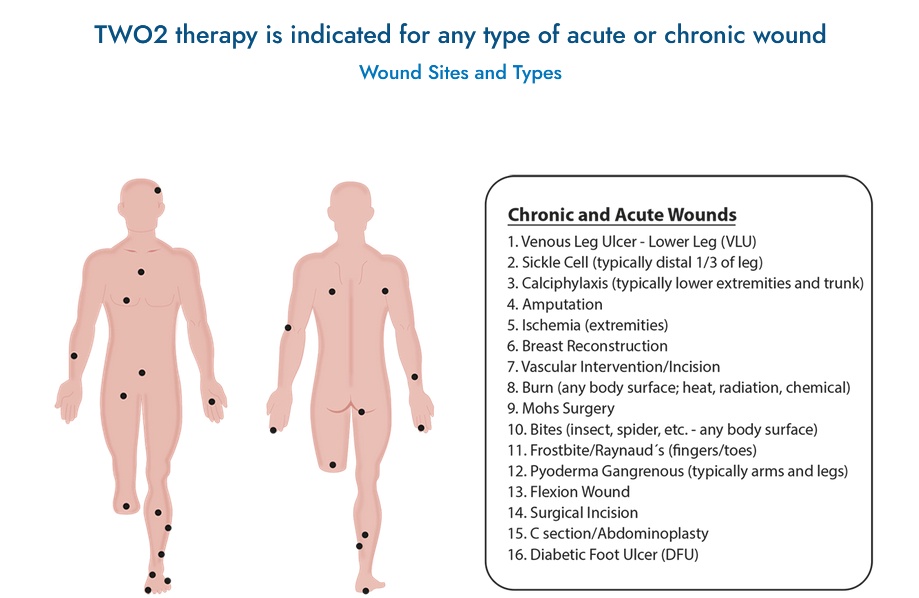Introduction:
Metatarsal amputation, a surgical procedure involving the removal of one or more metatarsal bones, presents unique challenges in wound care. Effective management of the wound is crucial for promoting healing, preventing complications, and restoring mobility. In this article, we explore advanced wound care solutions tailored specifically for individuals undergoing metatarsal amputation.

Assessment and Monitoring:
Before initiating any wound care interventions, thorough assessment and monitoring of the wound are essential. This involves evaluating the wound size, depth, presence of infection, and surrounding tissue condition. Utilizing advanced imaging techniques such as MRI or CT scans can provide valuable insights into the extent of tissue damage and aid in treatment planning.
Debridement:
Debridement, the removal of necrotic tissue and foreign debris, is a critical step in promoting wound healing. Various methods of debridement may be employed, including surgical, enzymatic, mechanical, and autolytic. The choice of debridement method depends on the specific characteristics of the wound and the patient's overall condition.
Negative Pressure Wound Therapy (NPWT):
NPWT, also known as vacuum-assisted closure (VAC) therapy, has emerged as a highly effective wound care modality for metatarsal amputation. This technique involves the application of controlled negative pressure to the wound bed, promoting granulation tissue formation, reducing edema, and enhancing wound contraction. NPWT also helps to remove excess exudate and bacteria, creating a favorable environment for wound healing.
Advanced Dressings:
The selection of appropriate dressings plays a crucial role in managing wounds post-metatarsal amputation. Advanced dressings such as hydrogels, hydrocolloids, and foam dressings offer benefits such as moisture management, exudate absorption, and maintenance of a moist wound environment. Silver-containing dressings may be utilized to reduce microbial colonization and prevent infection.
Offloading and Pressure Redistribution:
Offloading the affected foot is essential for minimizing pressure on the wound site and preventing the development of pressure ulcers. Various offloading devices, including specialized shoes, custom orthotics, and total contact casts, can help redistribute pressure and provide optimal support to the foot during the healing process.
Multidisciplinary Approach:
Effective management of metatarsal amputation wounds often requires a multidisciplinary approach involving collaboration between surgeons, wound care specialists, podiatrists, physiotherapists, and other healthcare professionals. Comprehensive care plans tailored to the individual patient's needs can optimize outcomes and facilitate a smooth recovery.
Conclusion:
Metatarsal amputation poses significant challenges in wound care, but with the implementation of advanced wound care solutions and a multidisciplinary approach, successful outcomes can be achieved. By incorporating strategies such as thorough assessment, debridement, NPWT, advanced dressings, offloading, and multidisciplinary collaboration, healthcare providers can promote healing, prevent complications, and improve the quality of life for individuals undergoing metatarsal amputation.


No comments yet